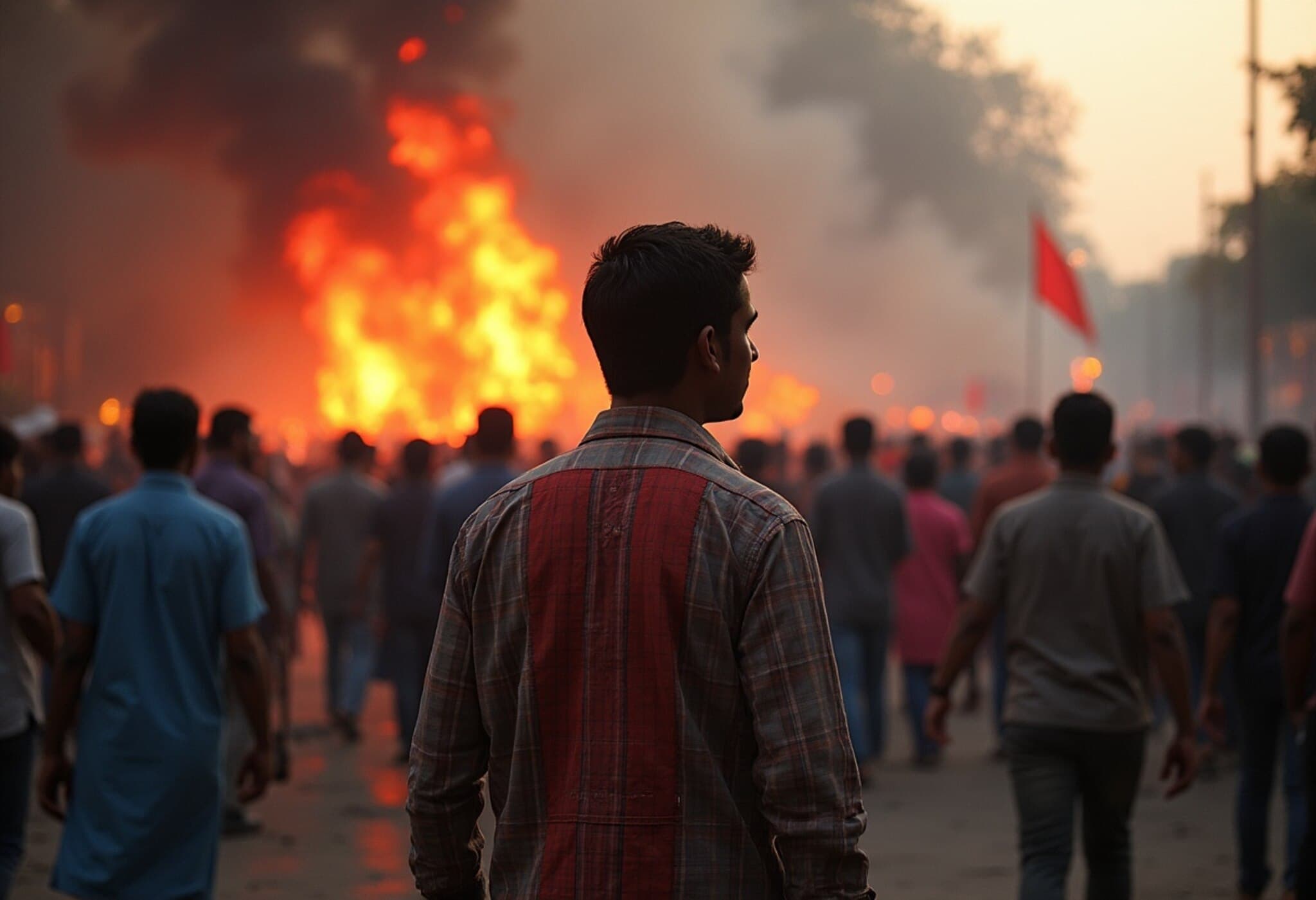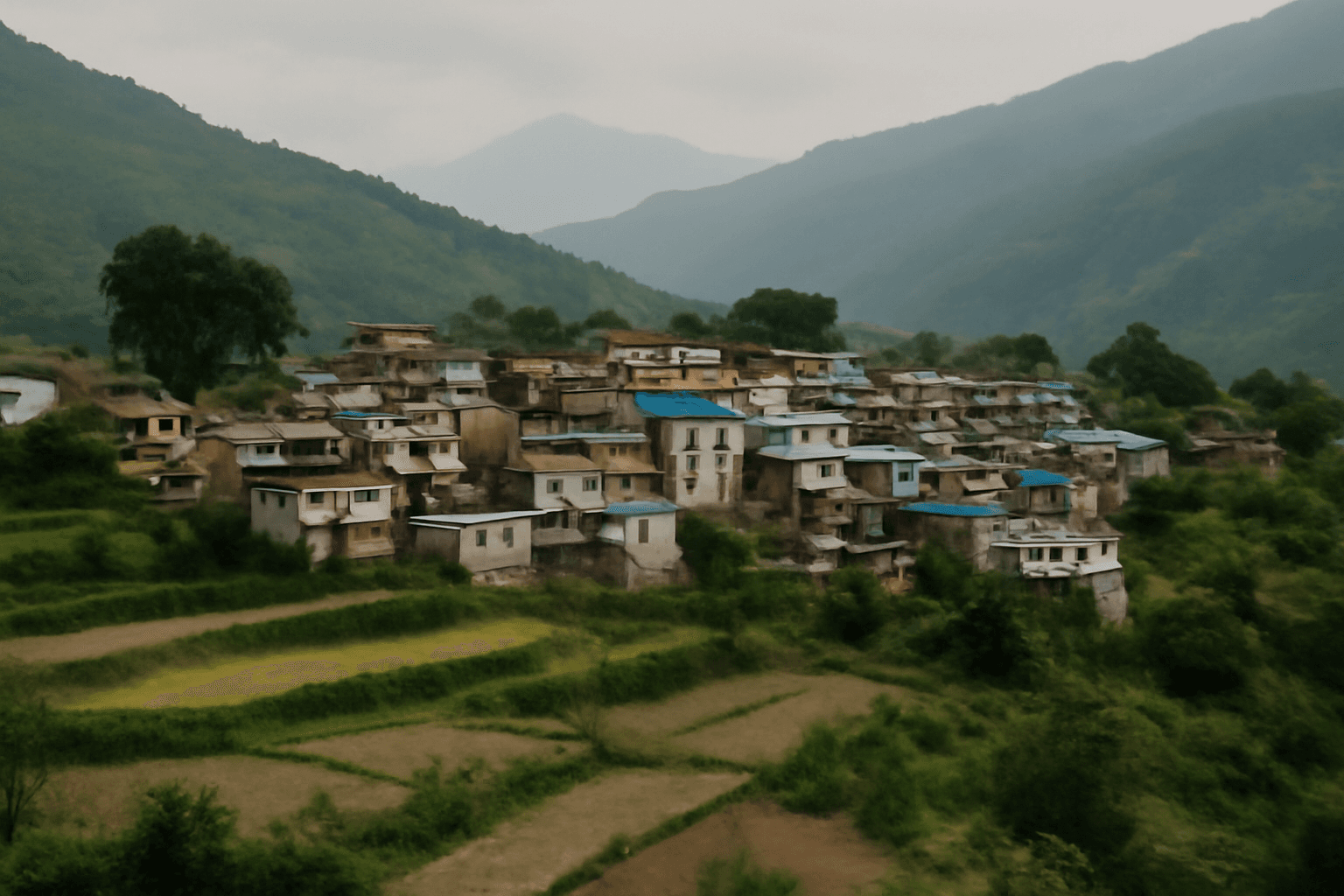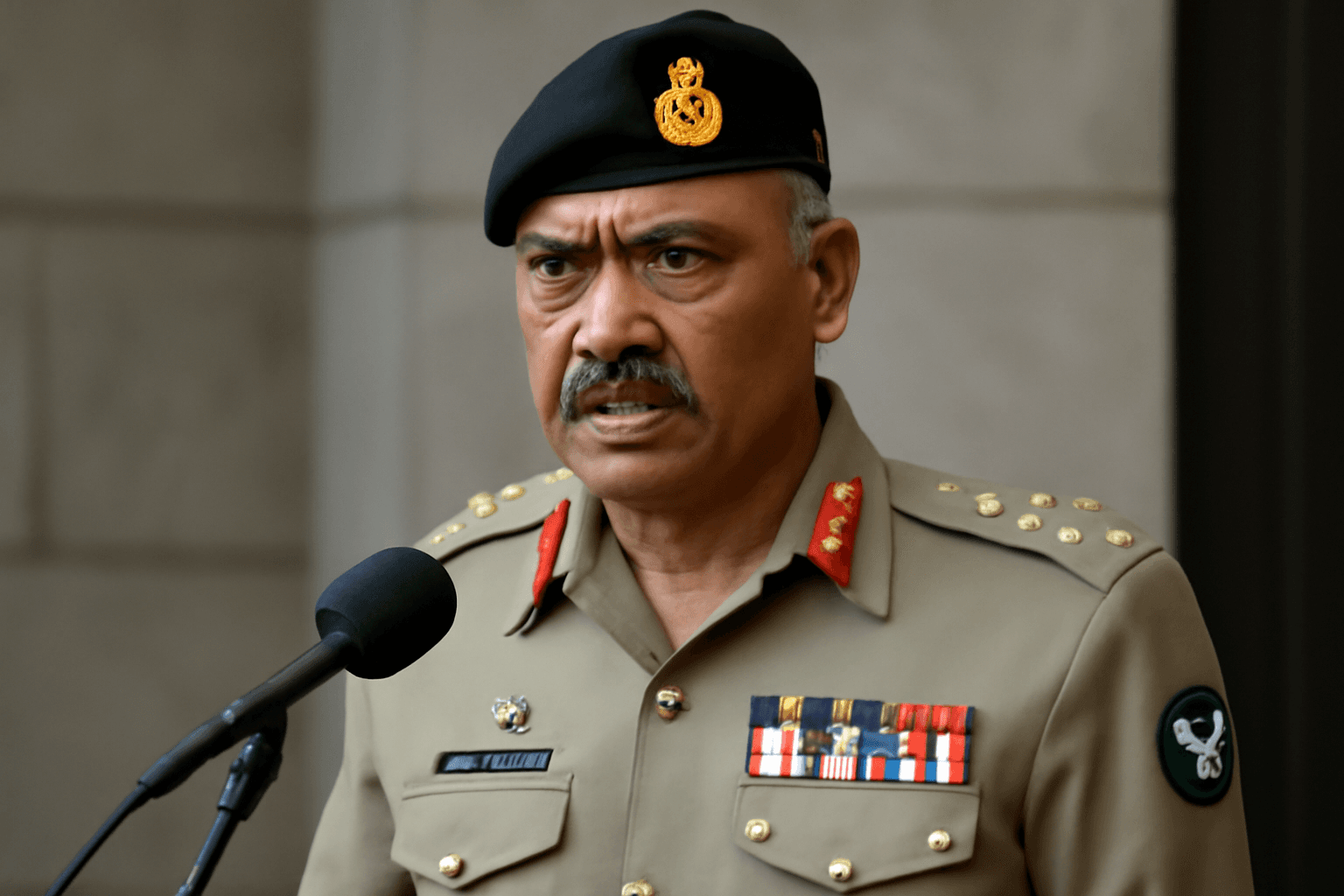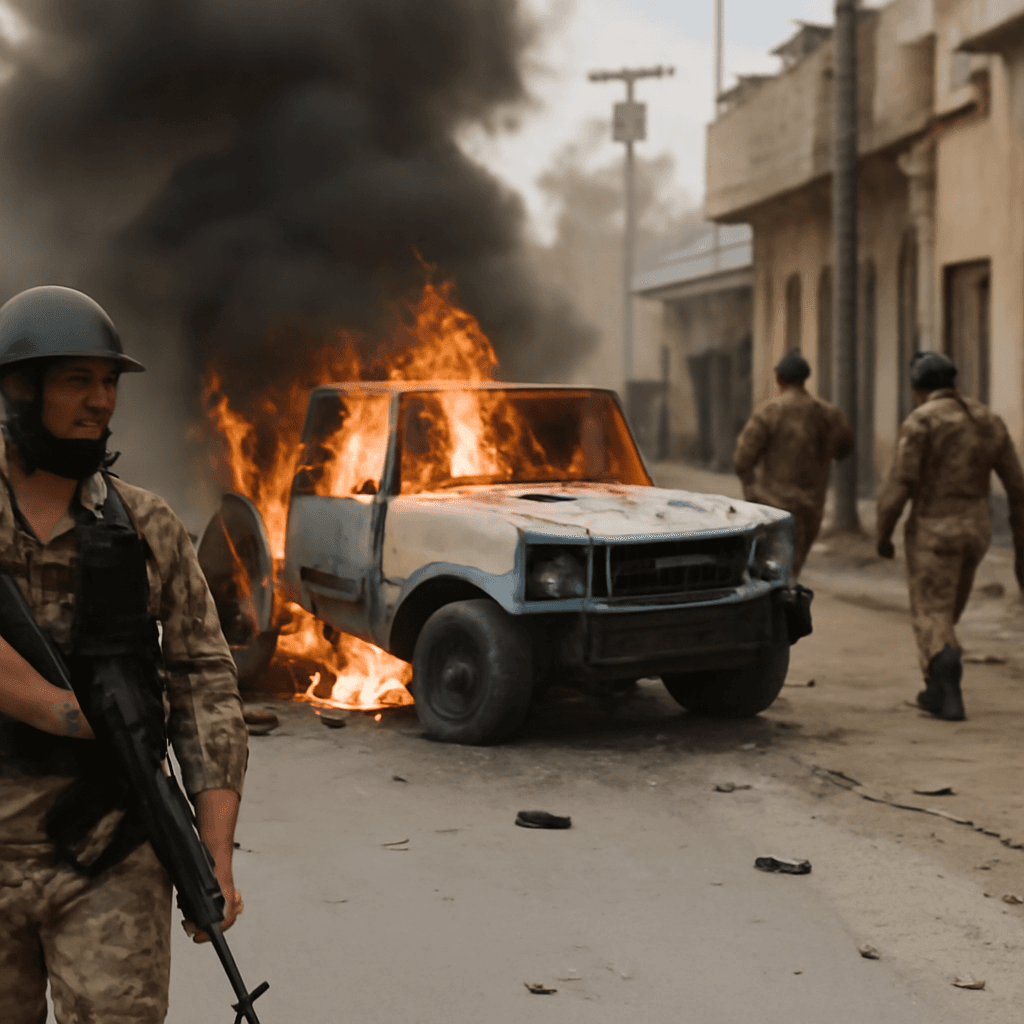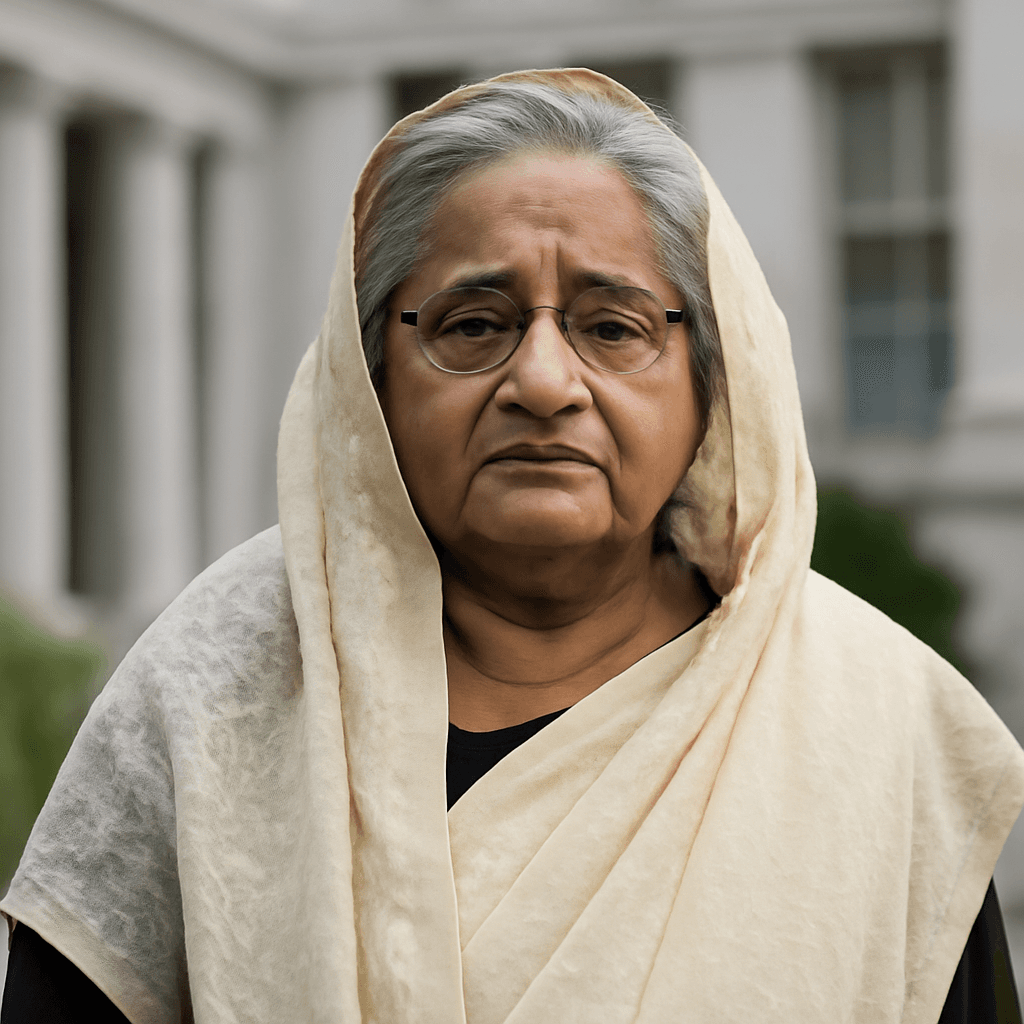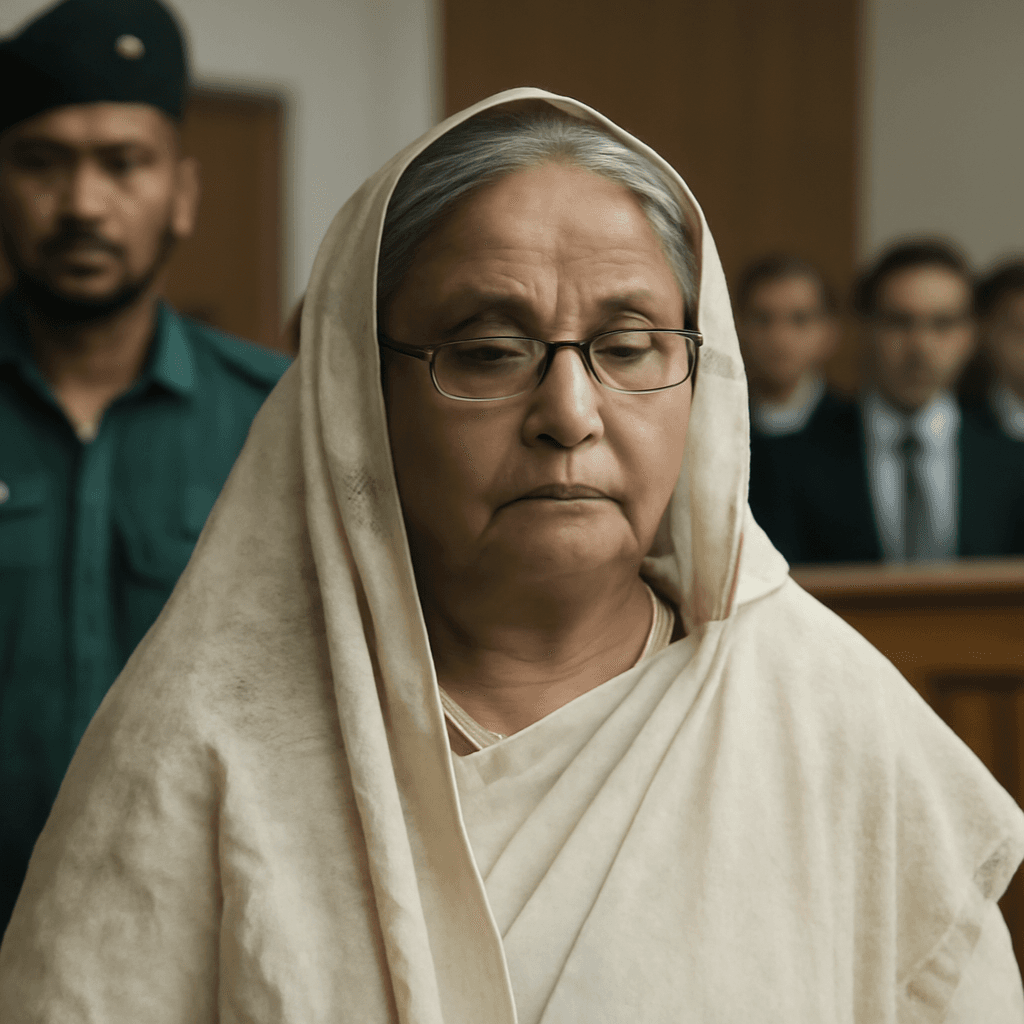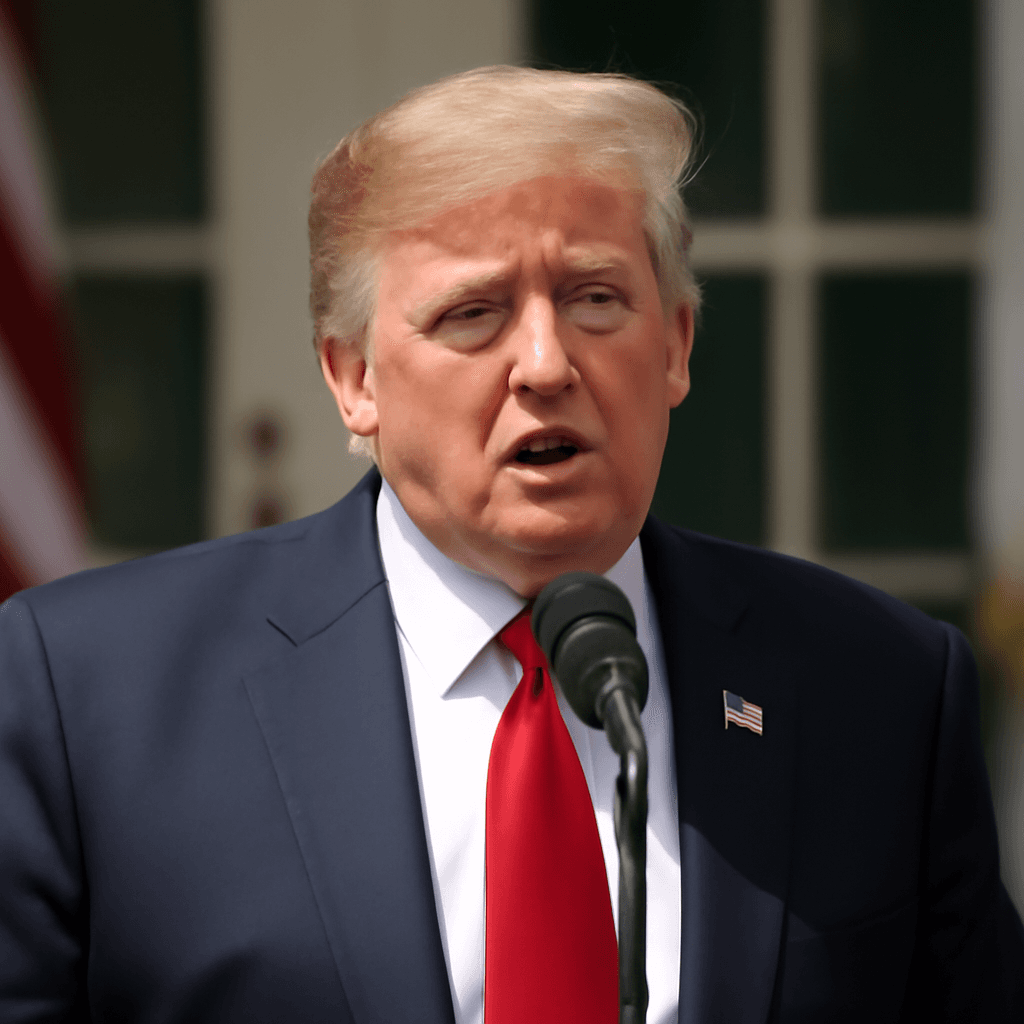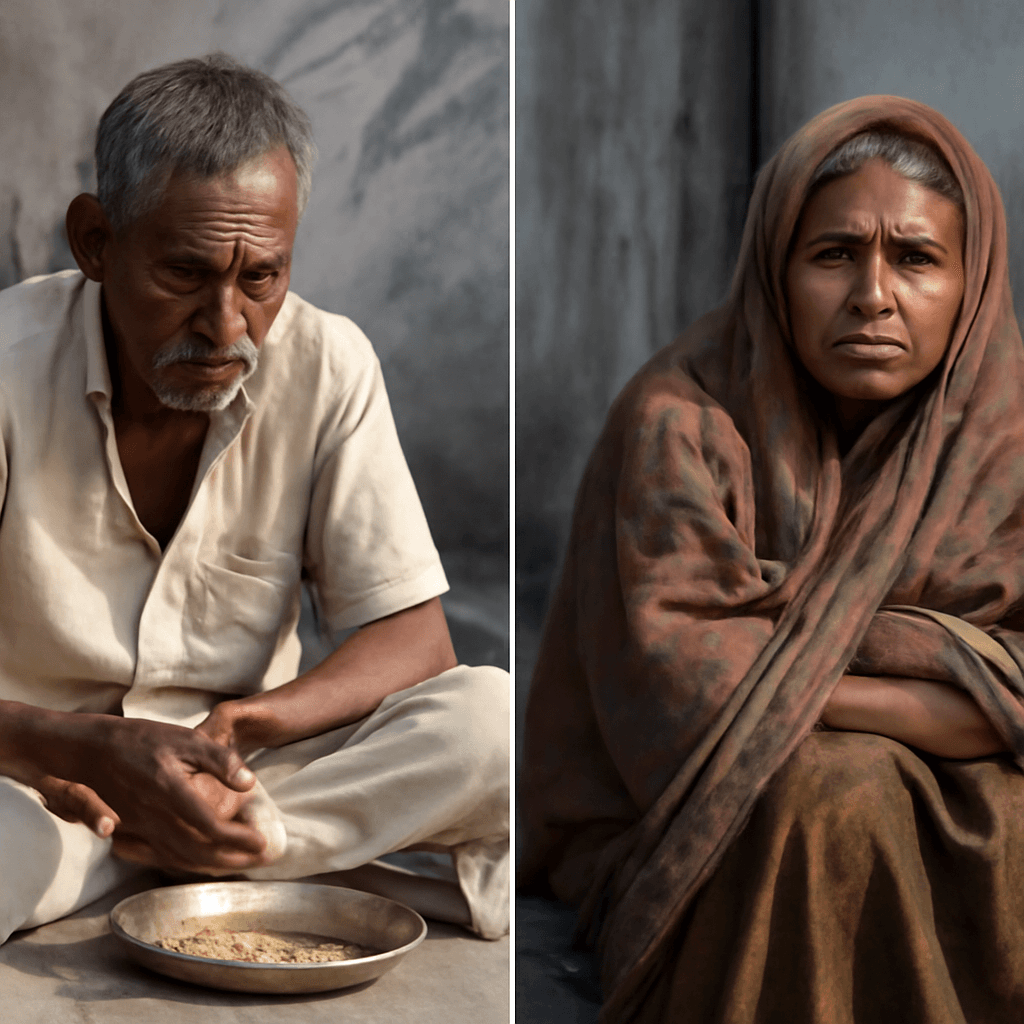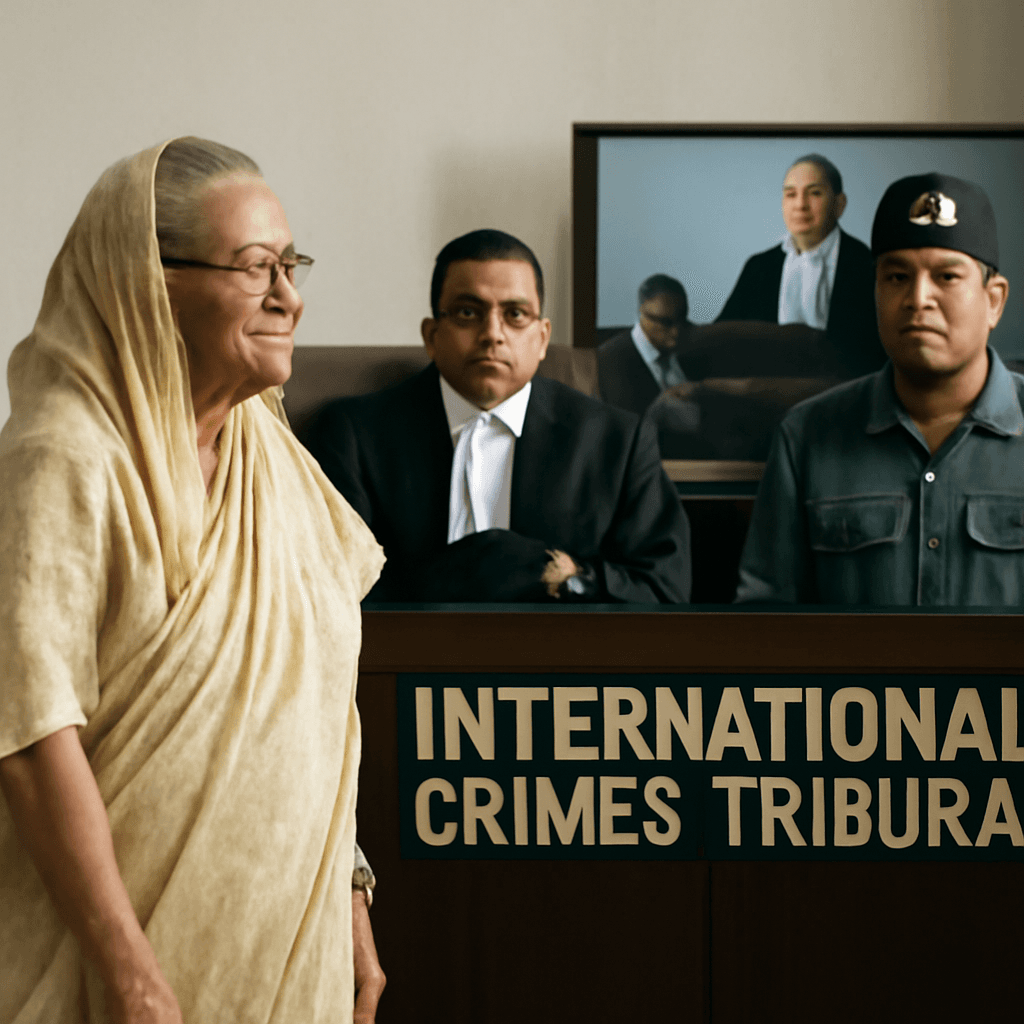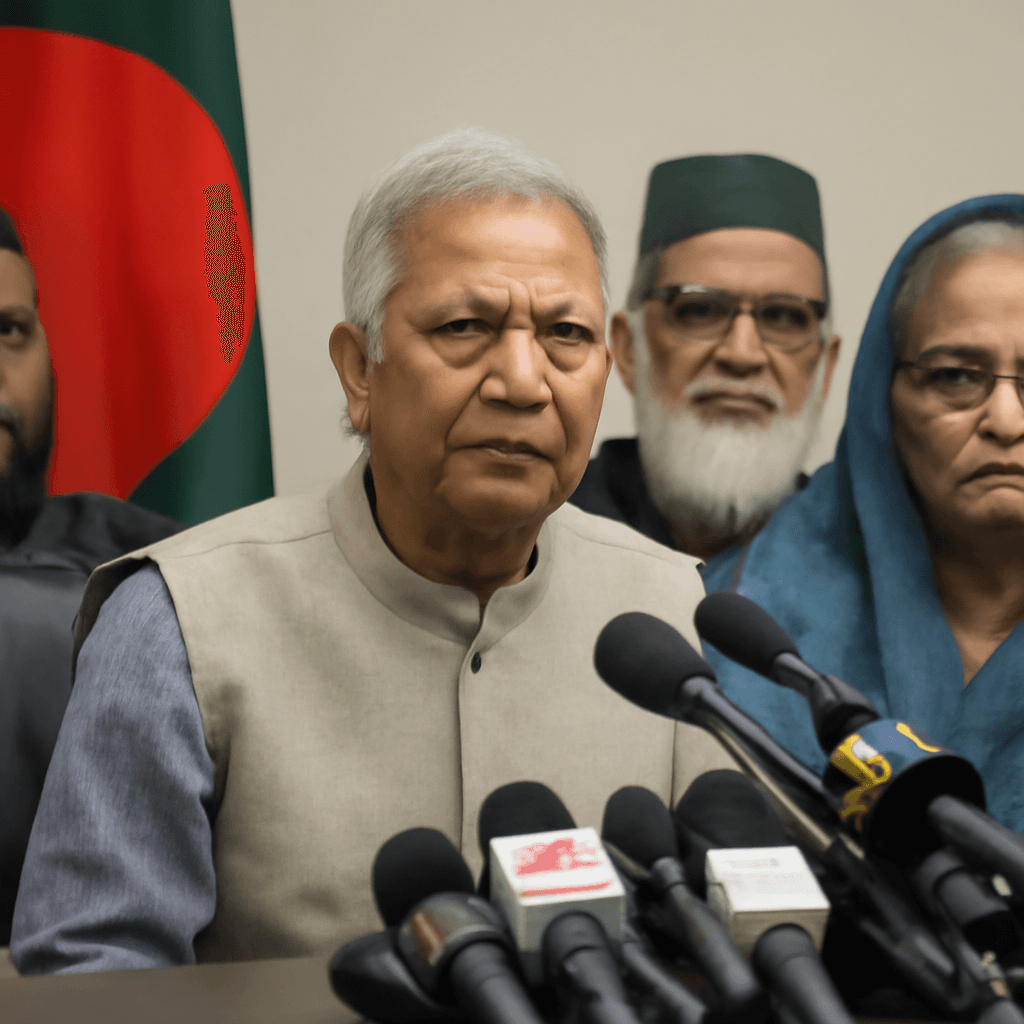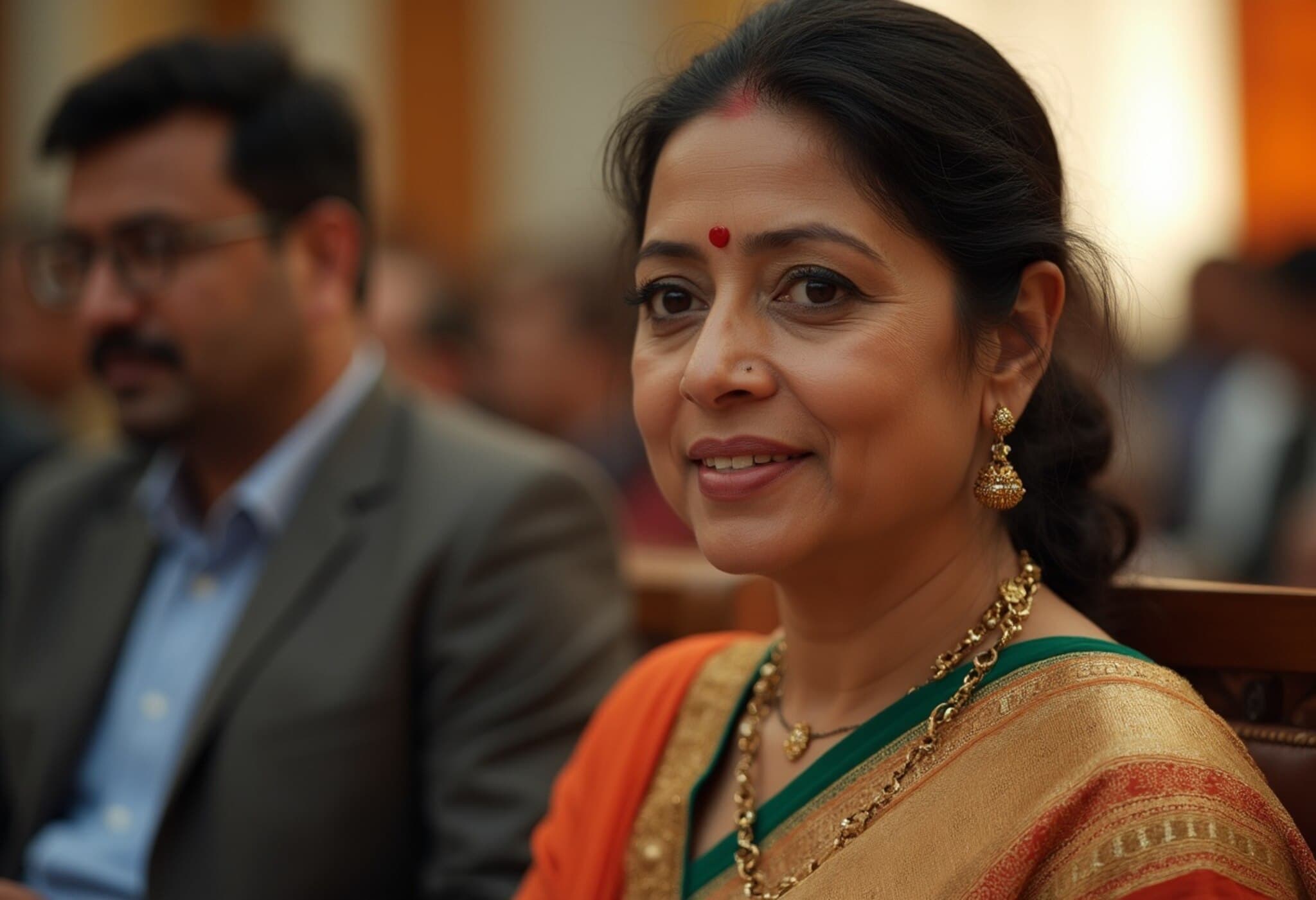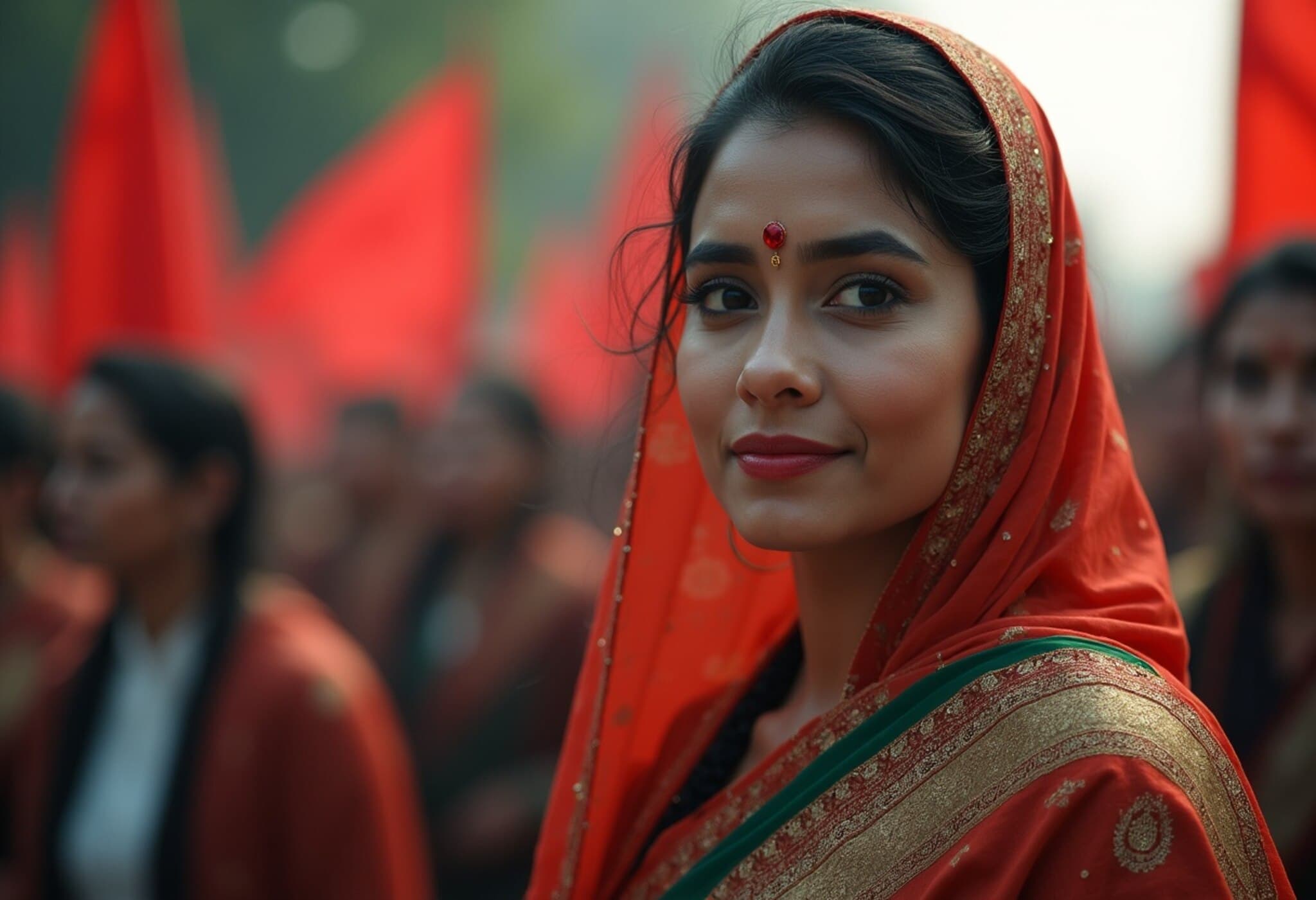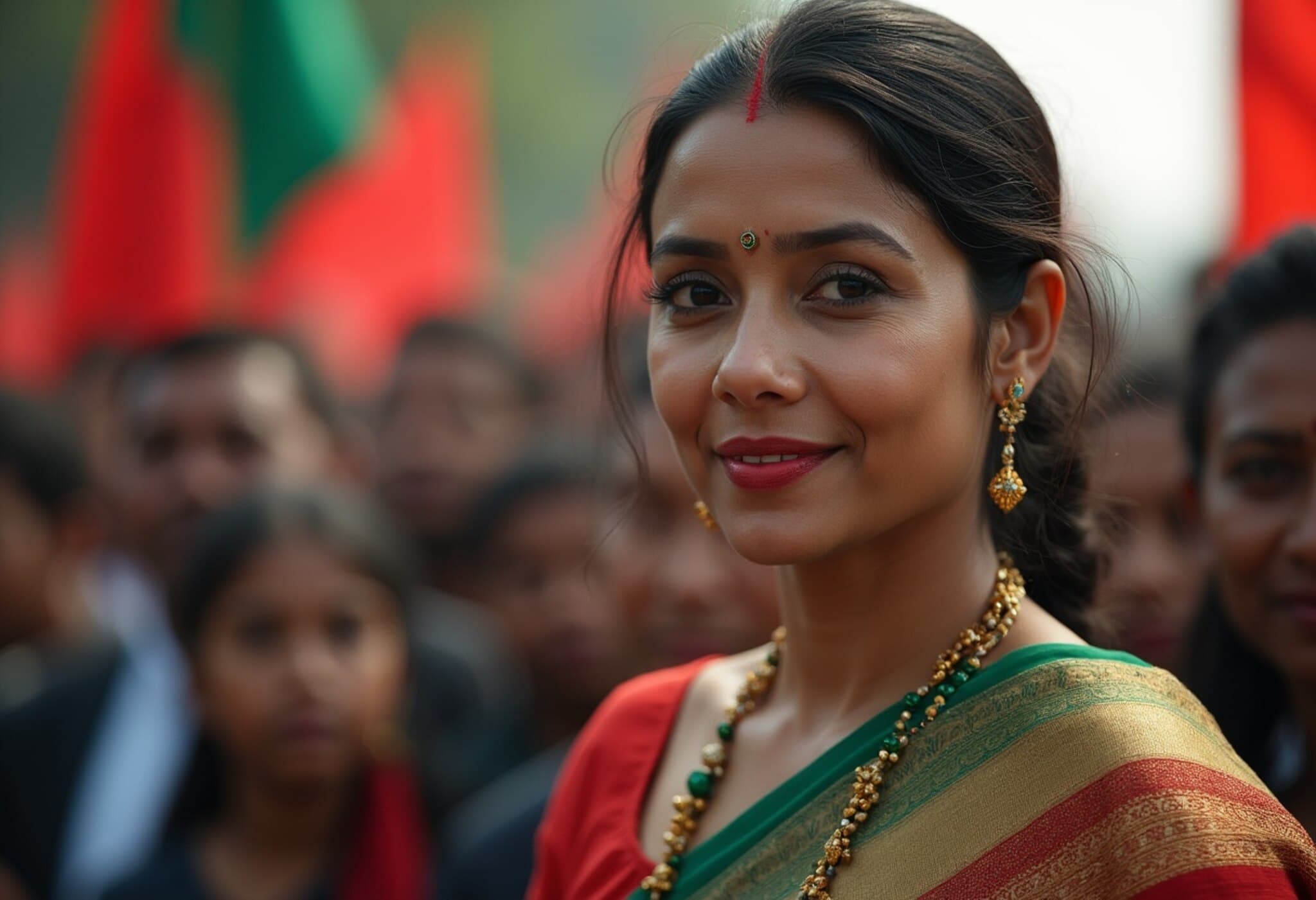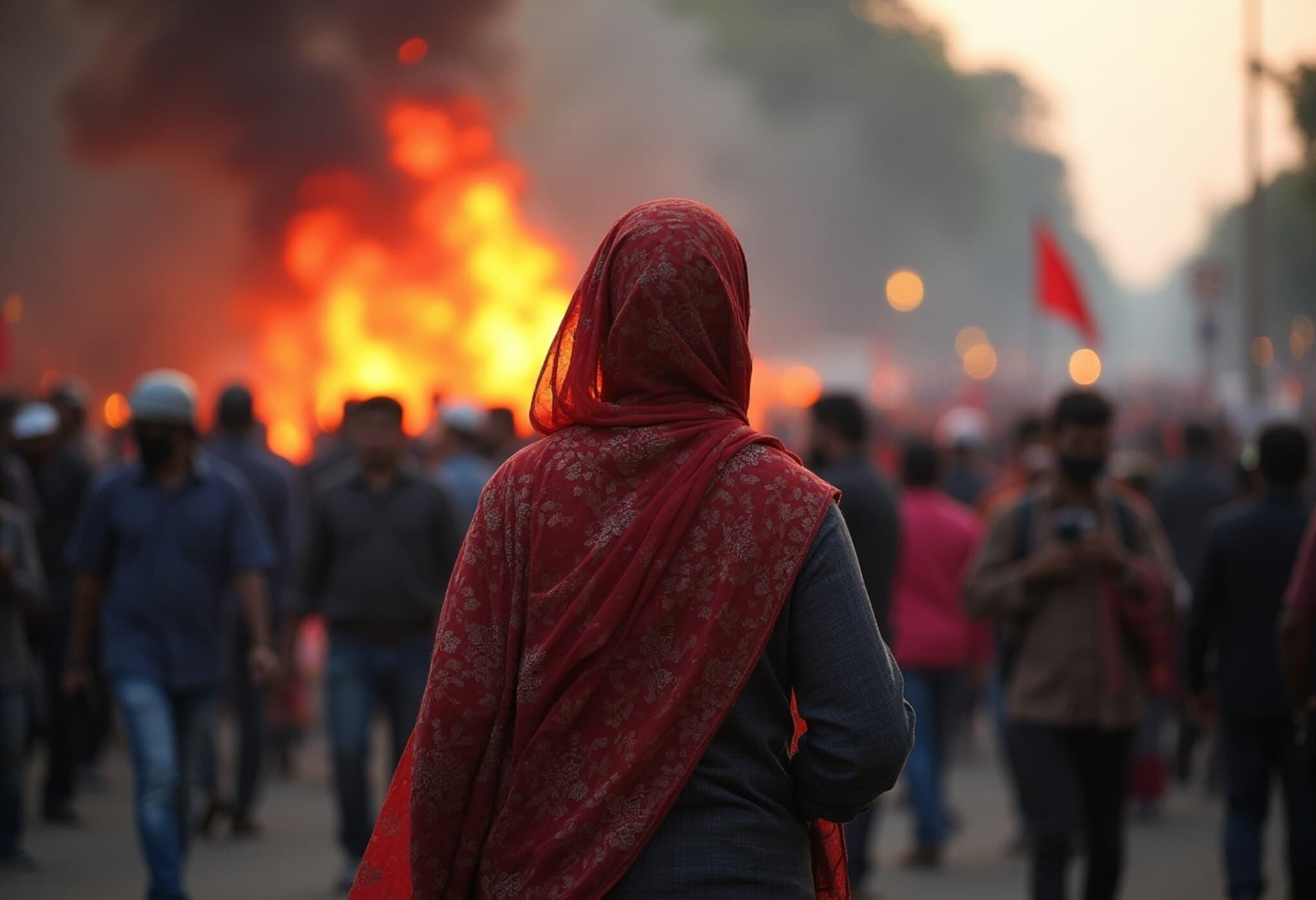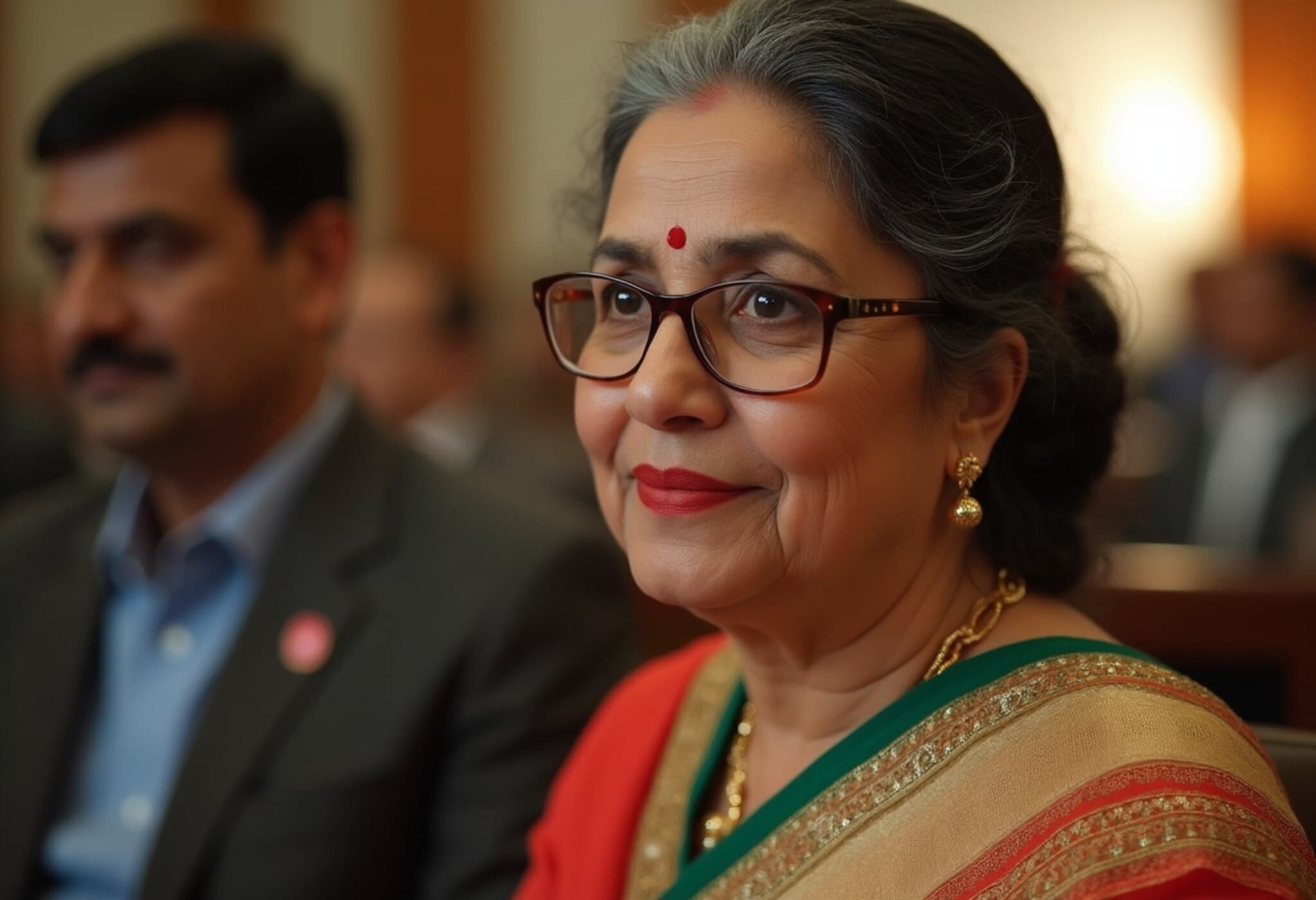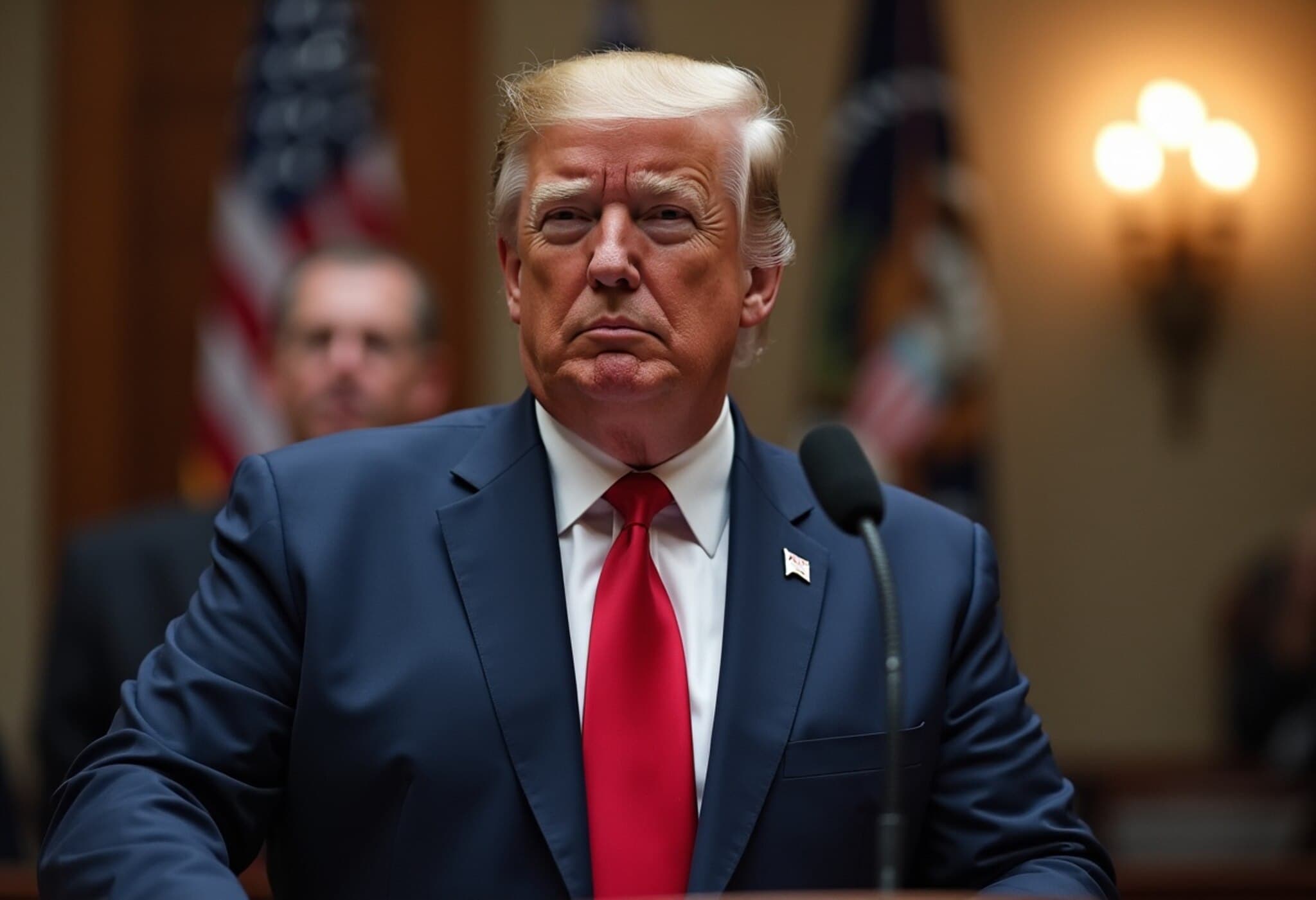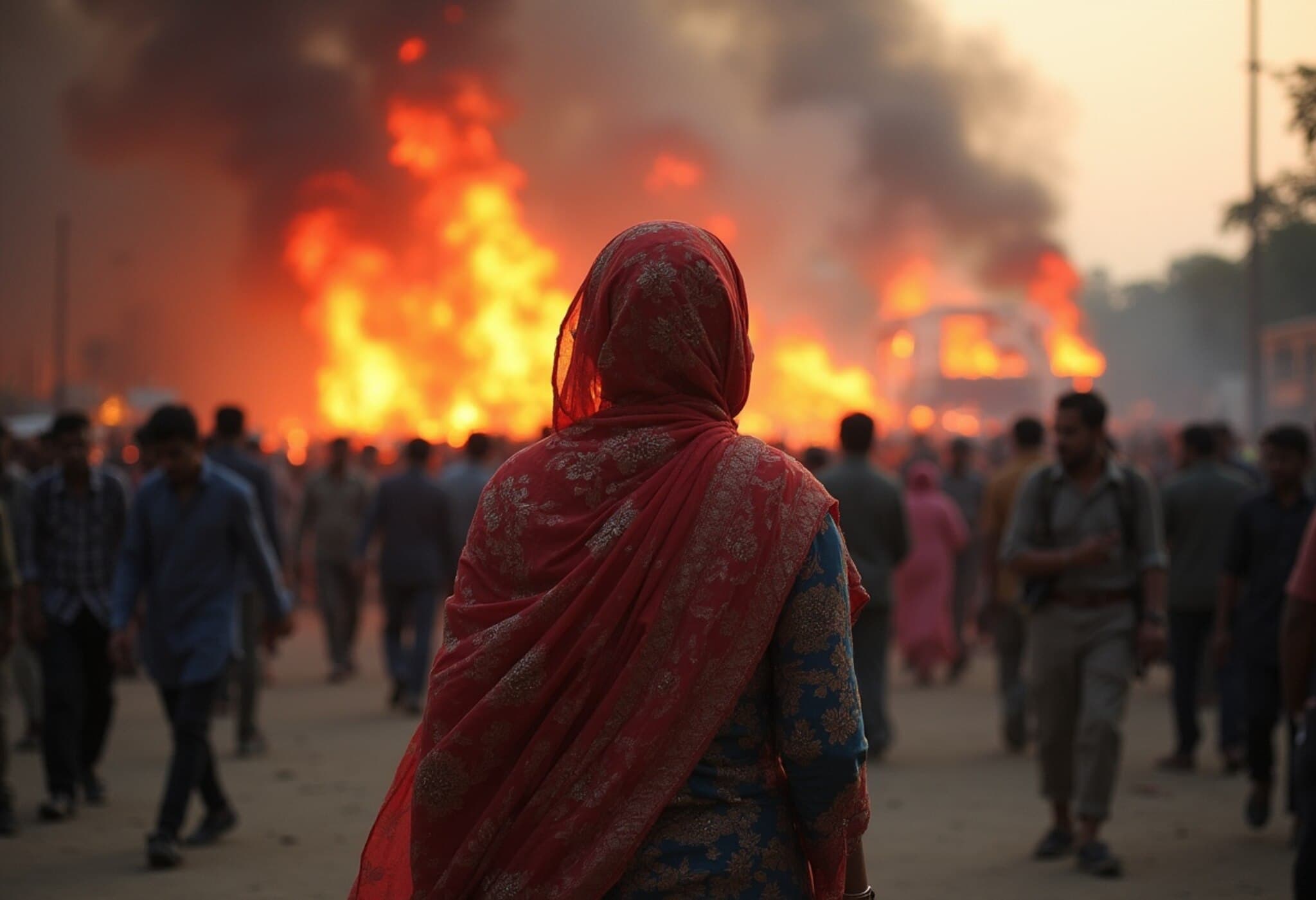Deadly Violence and Curfew in Gopalganj: A Turning Point in Bangladesh’s Turbulent Politics
On July 16, 2025, Gopalganj—a city steeped in the legacy of Bangladesh’s founding father Sheikh Mujibur Rahman—witnessed intense clashes between supporters of the ousted Prime Minister Sheikh Hasina and the newly formed National Citizen Party (NCP), resulting in the tragic loss of four lives. This unrest has culminated in the imposition of a strict 22-hour curfew enforced by military, paramilitary, and riot police, fundamentally disrupting life in this key region in the Dhaka Division.
Background of the Conflict
The NCP emerged from the activist group Students Against Discrimination (SAD), which had a prominent role in the mass protests leading to the collapse of Hasina’s 16-year Awami League administration on August 5, 2024. The latest violence erupted ahead of an NCP student-led rally and quickly escalated when hundreds of NCP supporters clashed with police and loyalists of Sheikh Hasina.
Details of the Violence and Government Response
- Four fatalities recorded amid clashes involving armed protesters wielding bamboo sticks and bricks.
- Security forces employed live ammunition as tensions spiraled.
- Fourteen individuals have been detained, with police actively filing cases.
- A government-appointed inquiry committee, led by Home Ministry Senior Secretary Nasimul Ghani, has been established to investigate the events.
- The 22-hour curfew, effective from 8 PM on July 16, has essentially shut down Gopalganj’s public life, with businesses closed and transport halted.
Political Repercussions and Narratives
The Awami League—currently banned—has vocally condemned what it describes as a “blatant use of security apparatus against dissenters,” placing the blame squarely on the interim government. Their messaging highlights concerns about state overreach and warns of escalating repression.
Meanwhile, NCP convenor Nahid Islam delivered a fierce statement condemning the Awami League as a “terrorist organisation,” pledging to “liberate Gopalganj and entire Bangladesh from Mujibist terrorism and fascism.” His rhetoric underscores the deepening polarization and the potential for further destabilization in the country.
Wider Implications for Bangladesh’s Political Landscape
Gopalganj—the symbolic heartland of the Awami League—has seen escalating violence since last year’s political upheaval. The torching of Sheikh Mujibur Rahman’s preserved residence earlier this year has only intensified emotions on both sides.
The events shed light on the fragility of Bangladesh’s transitional period as it grapples with questions of governance, justice, and national identity. The involvement of multiple actors including student groups, political parties across the spectrum, and security forces complicate any easy resolution.
Expert Analysis
From an American policy perspective, the unrest in Bangladesh spotlights the challenges facing democracies undergoing rapid transitions. The use of force against political opposition risks alienating international partners invested in promoting stability and human rights. Furthermore, the branding of political opponents as “terrorists” mirrors dangerous trends globally that erode democratic norms and civil discourse.
For regional stability, South Asian players like India and Bangladesh’s neighbors will closely observe how the government balances security concerns with democratic freedoms. The continued exile of Sheikh Hasina in India adds a complex geopolitical dimension, given her past leadership’s close ties with New Delhi.
What Lies Ahead?
As the inquiry committee begins its work, key questions arise:
- Will the investigation lead to accountability that satisfies all stakeholders and de-escalate tensions?
- Can political dialogue be reinitiated between rival factions to avoid further bloodshed?
- How will the international community respond to protect democratic norms while respecting Bangladesh’s sovereignty?
These issues remain critical for Bangladesh’s democratic future.
On the Ground: Voices from Gopalganj
Residents describe a city gripped by unease, with normal rhythms disrupted and uncertainty looming. Local media report that resistance to the NCP rally unified not only Awami League supporters but also ordinary citizens and members of other political parties, illustrating a complex mosaic of social allegiance.
The rally proceeded on a damaged stage, symbolizing the fractured and contentious atmosphere prevailing across Bangladesh. Activists like Nahid Islam vow to pursue justice independently if institutional mechanisms fail, signaling potential for ongoing conflict.
Editor’s Note:
Gopalganj’s recent turmoil exemplifies the precarious path many nations face when attempting to reconcile entrenched political loyalties with transformational change. In this case, the violence raises profound questions about the role of youth activism, government authority, political identity, and the promise of democracy in Bangladesh.
For readers, it is critical to consider how the rhetoric and actions of all parties involved might either deepen divisions or pave the way for genuine reconciliation. Continued monitoring and nuanced analysis will be essential as this evolving story unfolds.

